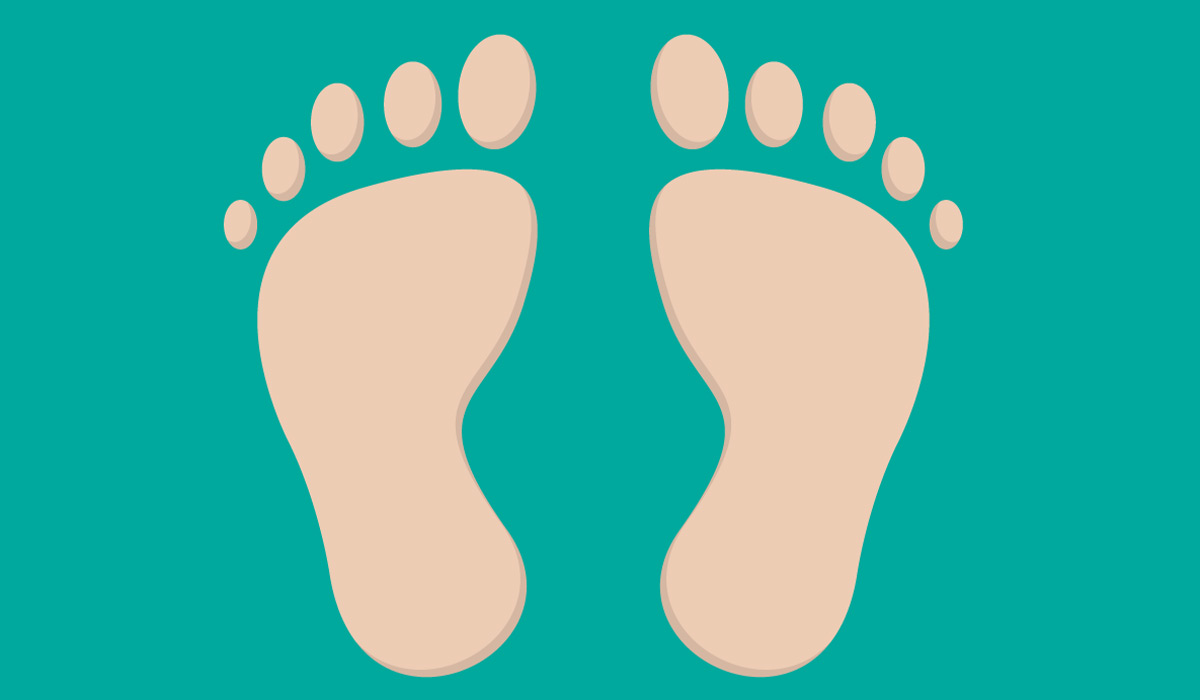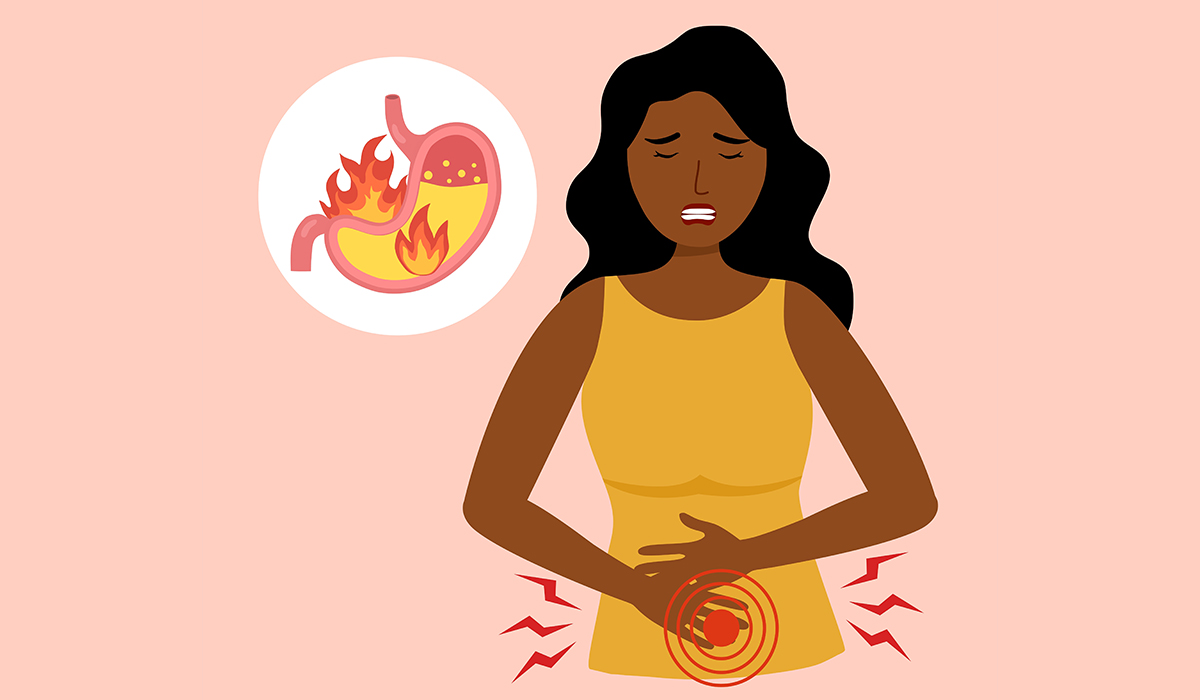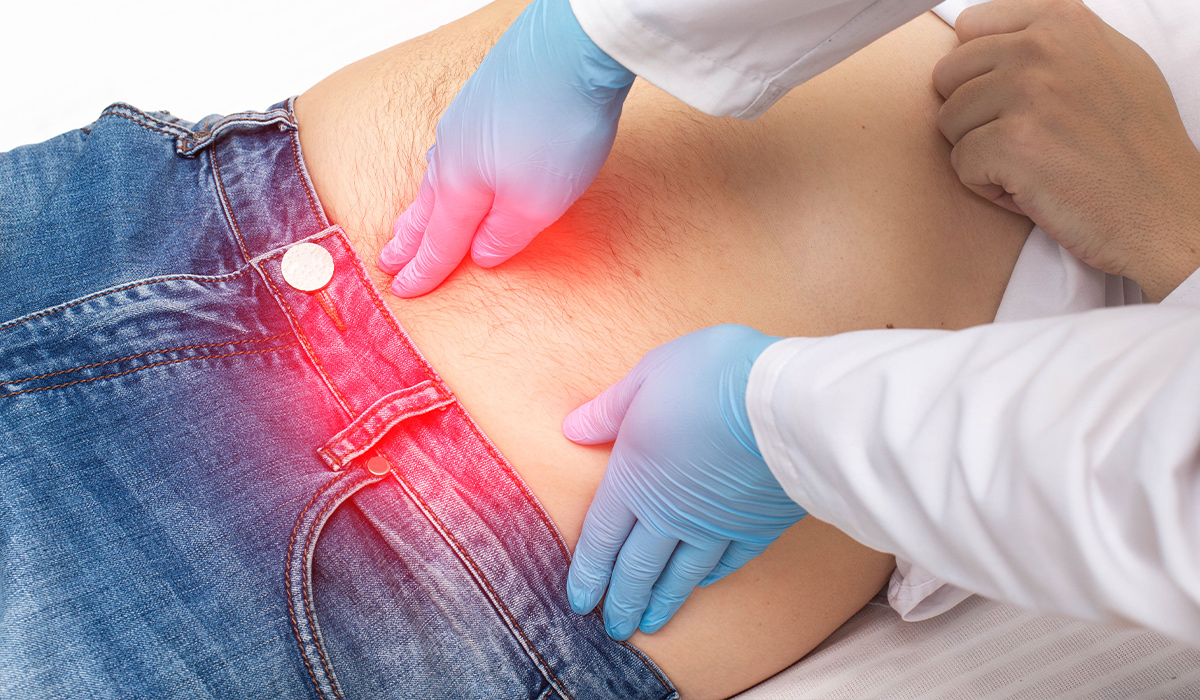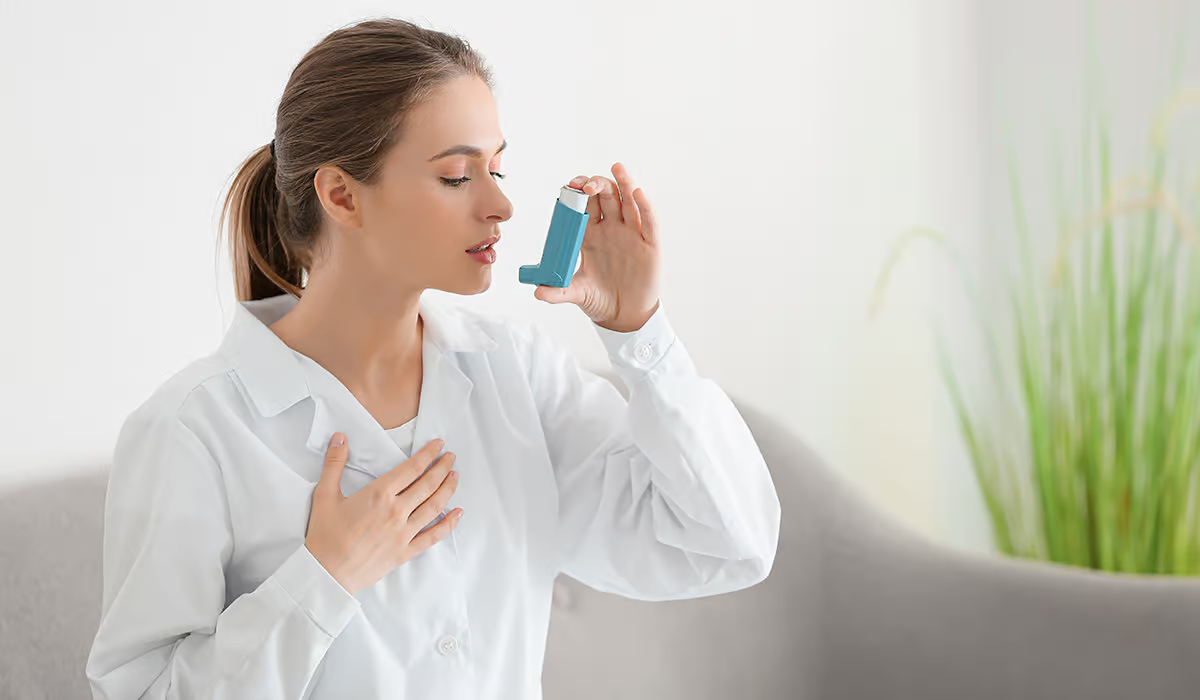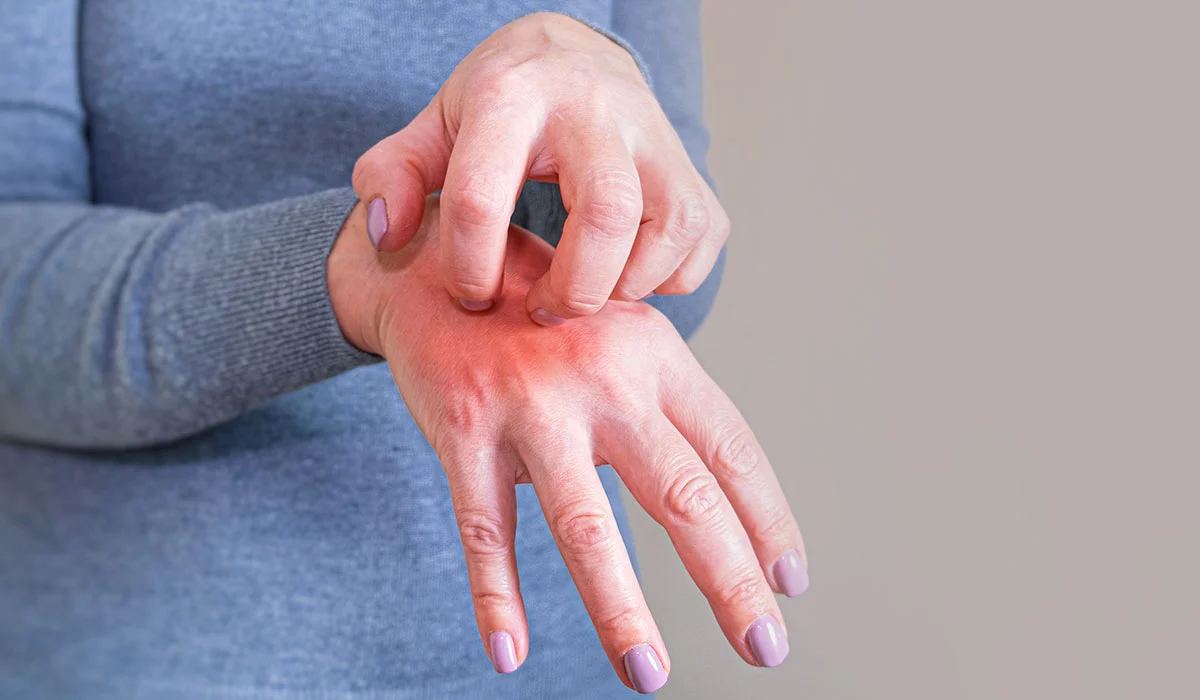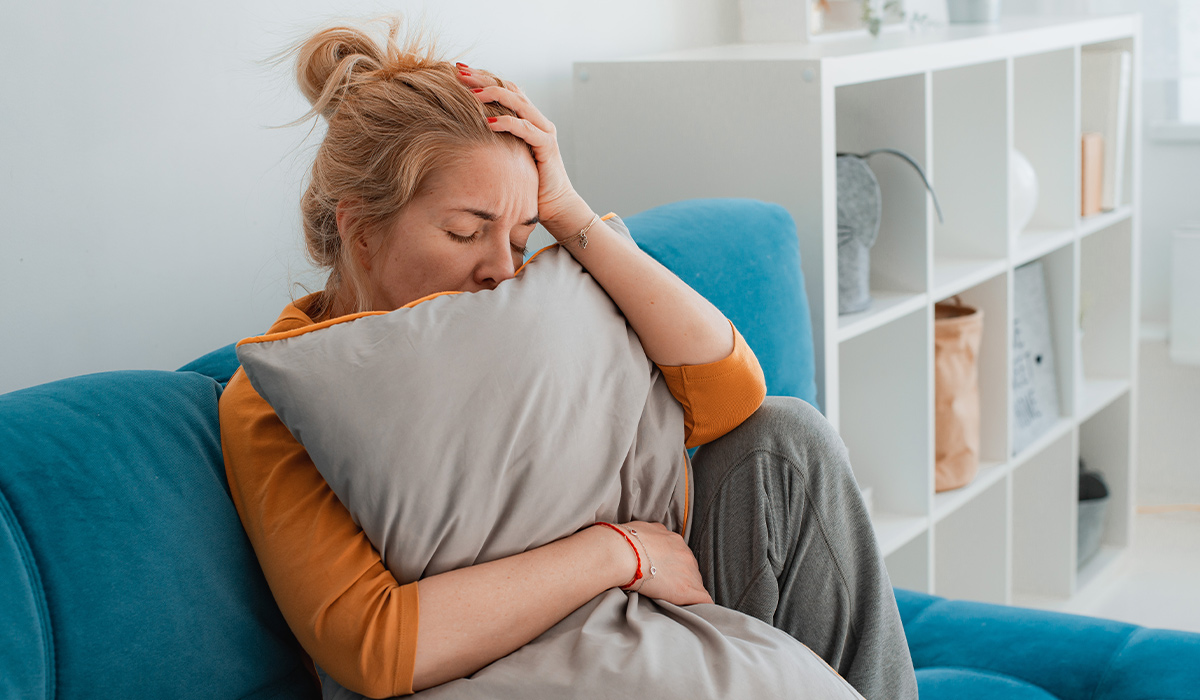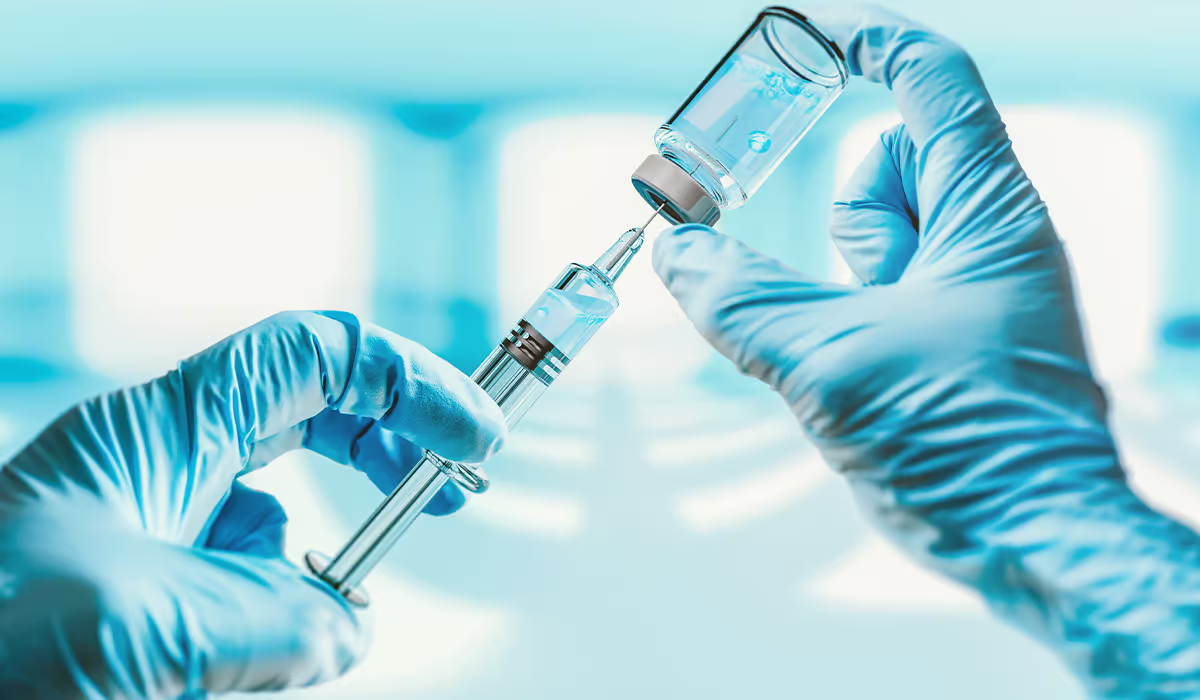Coronavirus spreads quickly and efficiently, so various precautions must be applied daily to counter its dangerous properties. Although it is no longer the case in 2023 as the COVID-19 outbreak has ended, its ability to evolve and adapt to other forms of the virus cannot be taken lightly.
Understanding COVID-19
The family of viruses COVID-19 is part of is very large. It consists of viruses that cause respiratory diseases in humans. Their characteristic feature is crown-like spikes on the virus’s surface, which is why they are called ‘coronaviruses.’ In addition to COVID-19, this family includes Severe Acute Respiratory Syndrome (SARS) and Middle East Respiratory Syndrome (MERS). Coronaviruses that affect humans were first discovered in the 1960s.
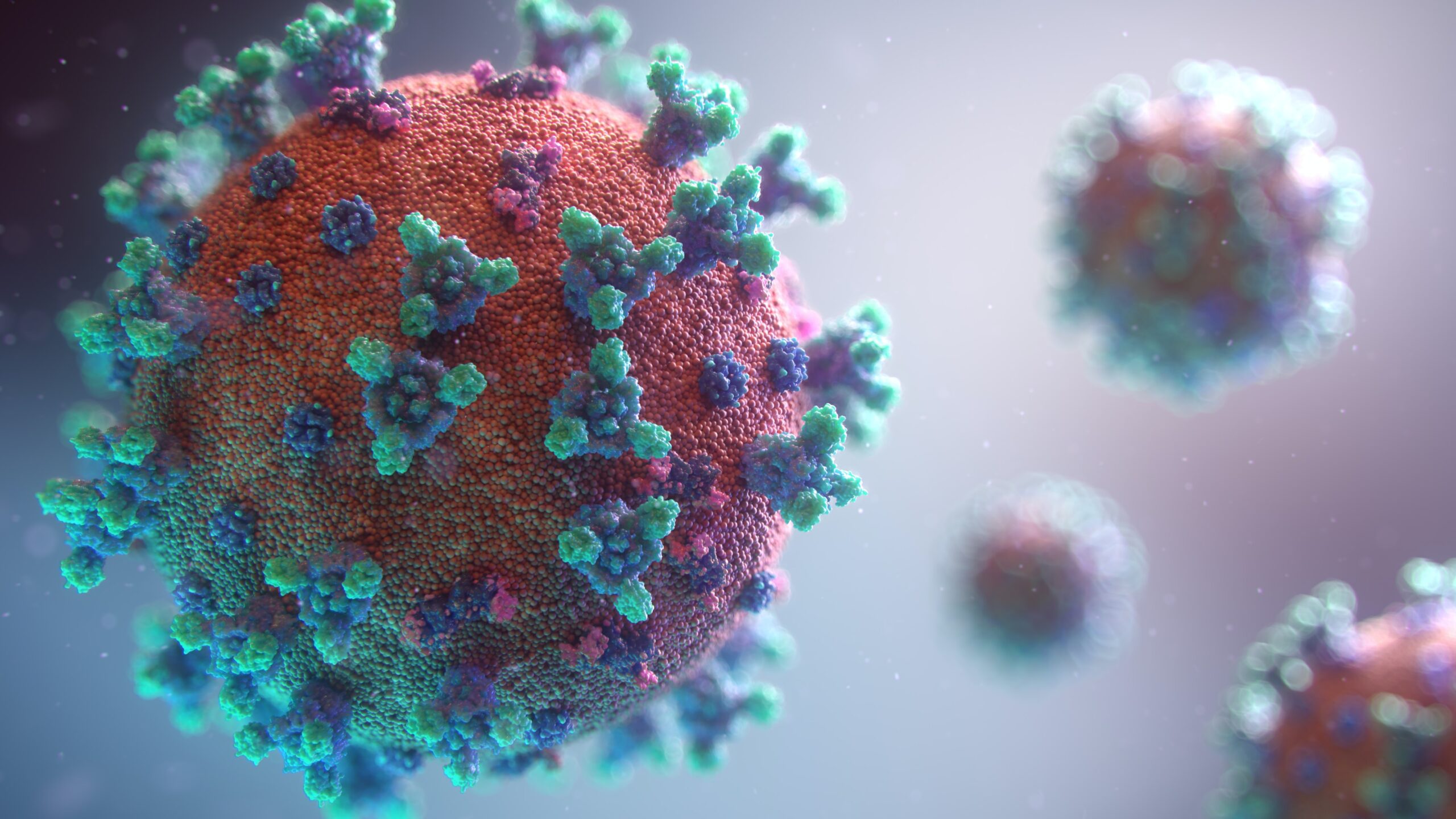
The virus that caused an outbreak in 2019 is a new strain called SARS-CoV-2. It was discovered in Wuhan, China, in December 2019. Although COVID-19 is the name of the disease called by the virus, it is often used interchangeably with SARS-CoV-2.
Since December 2019, the virus spread to every country worldwide, affecting millions of people. The first infected people were believed to be Wuhan citizens who were shopping at the food market. Coronaviruses don’t infect animals but can use them to spread from species to species, eventually getting in contact with a human and infecting them. It is common to find coronaviruses in bats, camels, and cats. Live animals, animal meat, and fish at the Wuhan food market are the suspected sources of SARS-CoV-2. Starting from there, the virus jumped from person to person, which resulted in a worldwide pandemic.
How Does Coronavirus Enter the Body?
COVID-19 primarily spreads through respiratory droplets. When an infected person coughs or sneezes, respiratory droplets are expelled. These droplets can travel up to several feet and remain suspended in the air briefly. If someone nearby breathes in these infected droplets, the virus can enter their respiratory system, leading to infection. Moreover, infected individuals may not exhibit symptoms initially, making it challenging to identify infected people and stop the virus from spreading more.
In addition to airborne transmission, the virus can be contracted through contact with contaminated surfaces. Infected respiratory droplets may land on objects or surfaces, such as doorknobs, handrails, or countertops. If an individual touches these contaminated surfaces and then touches their face without washing their hands, they can introduce the virus into their system without realizing it.
Close personal contact with an infected individual also poses a significant risk of transmission. Activities like hugging, handshaking, or being close to someone infected can spread the virus. It can also be introduced to the respiratory system through saliva and other bodily fluids, so kissing or sharing utensils can increase the risk of getting the virus.
Warning Signs and Symptoms
After the infection, symptoms usually appear within a 2-14 day time frame called the incubation period. Before a person experiences any health problems, they can spread the virus to other people.
The severity of symptoms varies from person to person. Some people may not realize they were infected, carrying the virus and allowing it to propagate. Most of the time, however, COVID-19 causes mild flu-like symptoms that go away within a few days.
Mild Symptoms
Mild symptoms caused by SARS-CoV-2 usually include the following:
- Fever (high temperature)
- Chills
- Shortness of breath
- Sore throat
- Diarrhea
- Dry cough
- Fatigue and lack of energy
- Headache
- Body and muscle aches
- Nausea and vomiting
- Runny nose
- Loss of smell, taste, or both.
Adults and older people are more likely to experience symptoms than children, who often don’t develop any.
Severe Symptoms
Only some people get over COVID-19 like a regular flu. Many older adults or those with underlying health conditions are at risk of developing severe symptoms and complications.
Symptoms that are threatening to a person’s life include the following:
- Trouble breathing
- Sudden confusion
- Trouble staying awake
- Pressure or pain in the chest
- Bluish lips or face
After experiencing or noticing the signs of the above symptoms, seeking immediate care is a priority. Untreated severe COVID-19 may result in serious and long-term health complications that are difficult to treat.
Complications
The coronavirus disease that is left untreated, managed poorly, or accomplished by other health conditions may result in additional health problems. The most often occurring severe complications include:
- Acute respiratory failure
- Acute respiratory distress syndrome (ARDS)
- Acute liver injury
- Acute liver cardiac injury
- Disseminated intravascular coagulation
- Septic shock
- Chronic fatigue
- Rhabdomyolysis
- Secondary infection
- Heart problems
- Pneumonia and trouble breathing.
- Blood coagulation
- Multisystem inflammatory syndrome in children (MIS-C)
- Organ failure
The list does not contain all possible complications resulting from COVID-19 disease. Some health issues are considered rare and pose a diagnostic challenge. If you have reasons to believe that you are experiencing COVID-19 complications, contact your healthcare provider to discuss your symptoms.
Risk Factors
Contact with someone carrying the coronavirus or touching contaminated objects or surfaces increases the risk of getting infected. Being coughed or sneezed at by someone with COVID-19 symptoms is among the most frequent ways the virus spreads from person to person. Add poor airflow and indoor space (for instance, classroom, shop, or office), and the virus gets perfect conditions to affect more people.
Risk factors also include age, overall performance of the immune system, and comorbidities. Older people and those who suffer from underlying health problems are more likely to experience COVID-19 symptoms. These conditions include:
- Cancer
- Type 1 or type 2 diabetes
- Weakened immune system
- Pregnancy
- Liver or lung disease
- Severe heart diseases, including heart failure, cardiomyopathy, and coronary artery disease
- High blood pressure
- Alzheimer’s disease
- Sickle cell disease or thalassemia
- Chronic kidney disease
- Substance use disorder
- Down syndrome
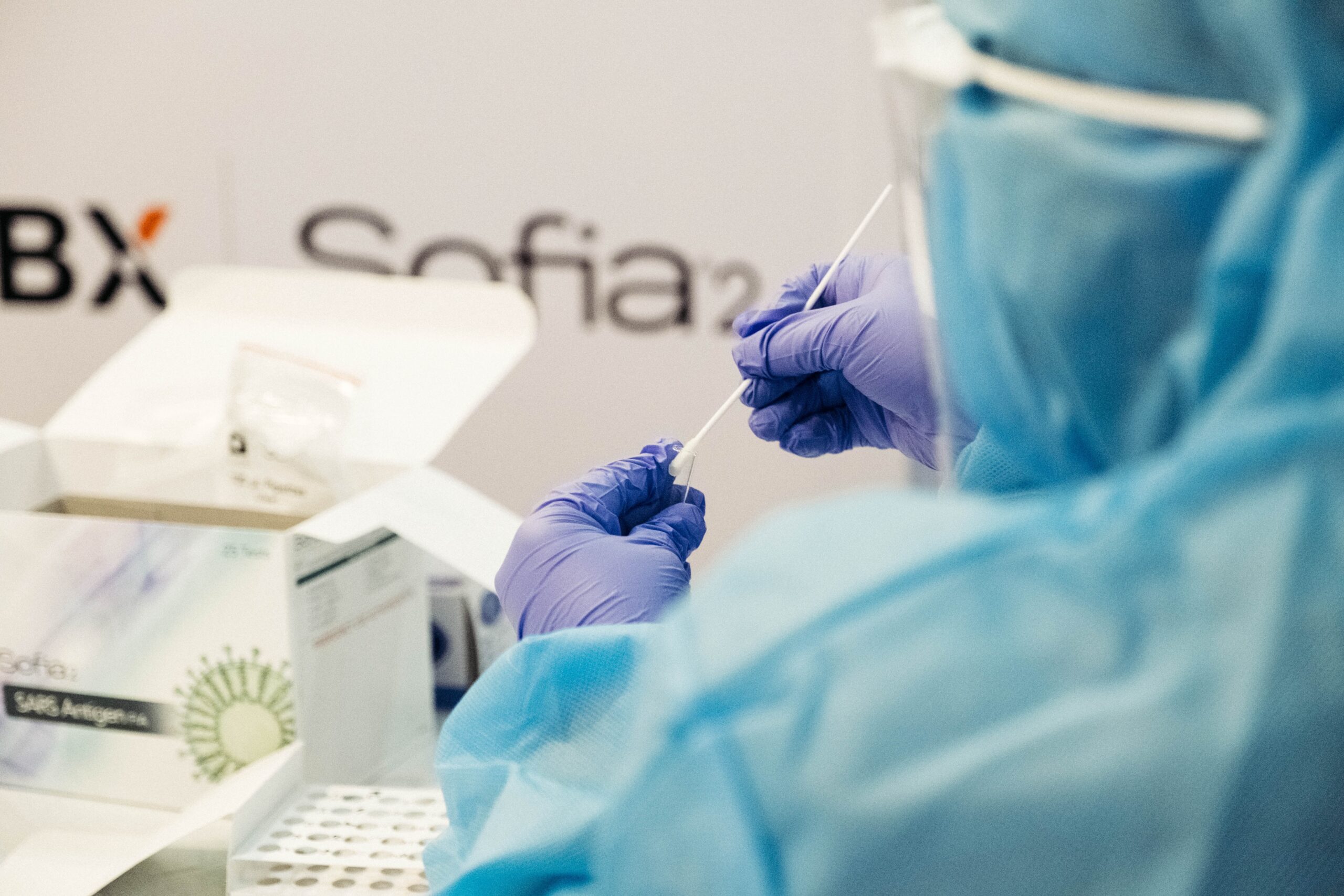
Diagnosis and Treatment
If you have flu-like symptoms, including tiredness, fever, coughing, or runny nose, a doctor may order a test to determine if you have COVID-19. There are several ways to obtain a sample for a lab test. These include taking a piece from a nose (nasopharyngeal swab), saliva, or throat (throat swab).
If you test positive, a doctor will prescribe adequate medications and recommend ways to manage the disease at home. Strategies, treatments, therapies, and prescribed medicines, which depend on the severity of symptoms and underlying health conditions, can include the following:
- Antiviral medication
- Pain-killers
- Supplemental oxygen
- Infusion of monoclonal antibodies
- Mechanical ventilation
- Extracorporeal membrane oxygenation (ECMO)
- Drinking plenty of fluids and getting a lot of rest at home
- Avoiding physical strain
- Staying isolated at home, avoiding going outside
- Immune modulators
- Drinking warm beverages
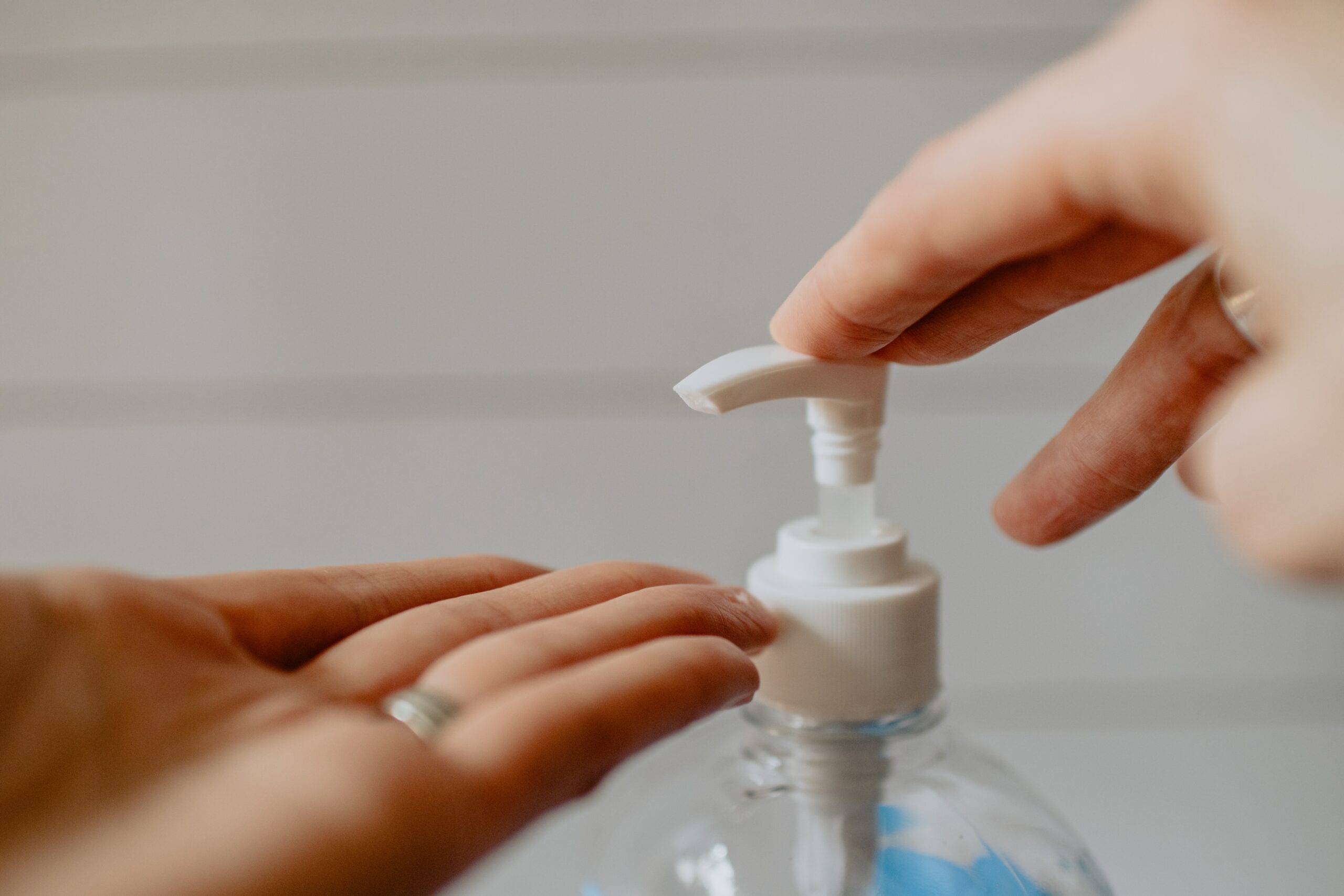
How to Avoid Infection – 10 Tips
You can take several steps to lower the risk of contracting coronavirus, spreading it to objects, and infecting others. Governments and health organizations such as CDC and WHO usually recommend the following tips:
- Wash Your Hands: Regularly wash your hands with soap and water for at least 20 seconds, especially after being in public places or touching surfaces. If you can’t find soap and water, use hand sanitizer with at least 60% alcohol.
- Wear a mask: Whenever you’re in public, wear a mask that covers your nose and mouth. It helps stop the spread of droplets and protects you from inhaling infected particles.
- Keep a distance: Stay at least six feet away from people not in your household, especially if they cough, sneeze, or don’t wear masks.
- Avoid crowds: Avoid big gatherings, parties, or events because they can increase the chances of getting the virus.
- Cover coughs and sneezes: Always cover your mouth and nose with a tissue or your elbow when you cough or sneeze. Throw away used tissues right away and wash your hands.
- Clean surfaces: Regularly clean things you touch, like doorknobs, light switches, and electronics, to keep them free from the virus.
- Use contactless payment: Use contactless payment methods to avoid touching cash or card readers.
- Don’t touch your face: Avoid touching your eyes, nose, or mouth with unwashed hands, as the virus can get into your body that way.
- Stay informed: Keep up with reliable information about COVID-19 from health authorities and follow their advice.
- Get vaccinated: One of the best ways to protect yourself and others from severe illness and reduce the risk of spreading the virus.
Sources
- WHO. Coronavirus disease (COVID-19).
https://www.who.int/health-topics/coronavirus#tab=tab_1 - CDC. (2023). About COVID-19.
https://www.cdc.gov/coronavirus/2019-ncov/your-health/about-covid-19.html - CDC. (2023). Symptoms of COVID-19
https://www.cdc.gov/coronavirus/2019-ncov/symptoms-testing/symptoms.html - CDC. (2023). COVID-19 Testing: What You Need to Know,
https://www.cdc.gov/coronavirus/2019-ncov/symptoms-testing/testing.html - NFID. (2023). Coronaviruses.
https://www.nfid.org/infectious-disease/coronaviruses/


